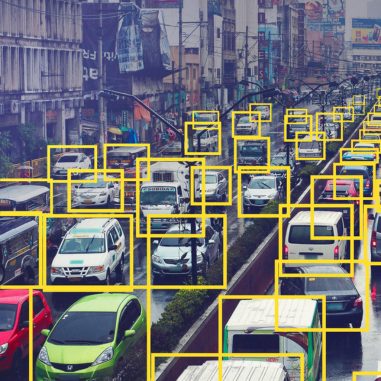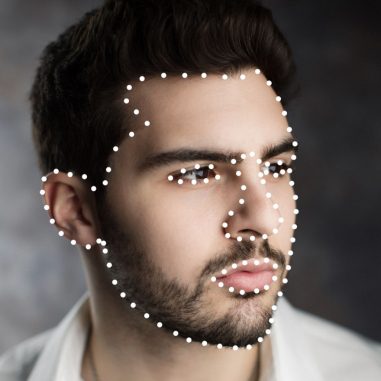Image Annotation Services
Outsource your image annotation process to DIGI-TEXX and receive high-quality training data sets for your AI model within your desired timeline
24/7
365 Operating Services
30+
Processing languages
1200+
Experienced employees
100%
Data security &
Quality Assurance
Different image annotation projects may have slightly different requirements. We have served many clients just like you.
There are various types of image annotation services used for computer vision in machine learning and AI. The quality and accuracy of your computer vision model’s training data significantly impact its performance. This training data includes videos, images, and other types of data.
To ensure the success of an image annotation project, a team of trained and professionally managed annotators is necessary. Functional and user-friendly annotation methods and tools are the backbone of every successful image annotation project.
We use modern capturing tools to annotate different types and sizes of images, making them recognizable for machines or computer vision. Our team uses the latest tools and techniques to annotate images, providing a training data solution for machine learning in various subfields.
Image annotation services
We provide accurate and cost-effective industry-optimized image labeling services to streamline your business processes. Our experienced and professional staff ensures high-quality and accurate data. Here’s a brief overview of our services:
Our Deployment Models
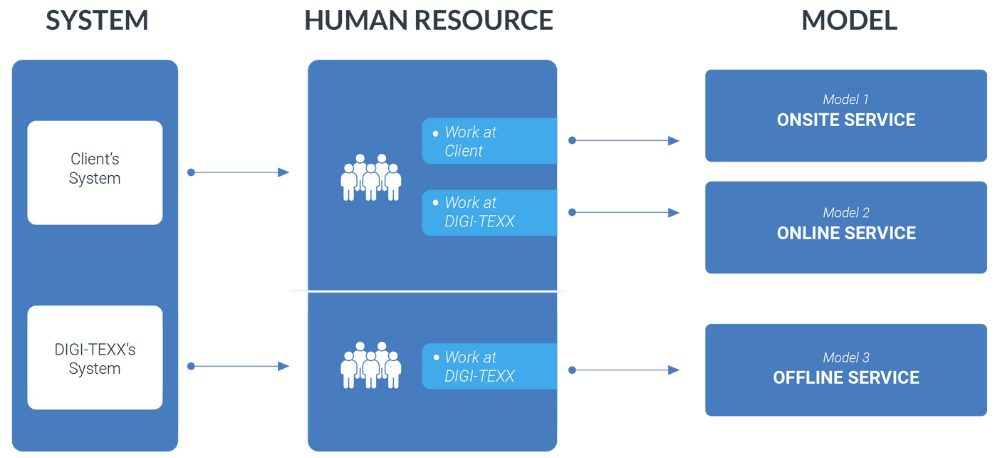
Our annotator supervisor works directly with your data science team, fostering collaboration and guaranteeing the highest standards of accuracy and precision in the annotated data. We believe in a comprehensive project management process that encompasses effective communication, well-defined timelines, thorough documentation, and the scalability of our delivery capacity. Moreover, our experienced team of experts will diligently analyze your project requirements and propose tailored enhancements to optimize the performance and sustainability of your AI model.
frequently asked questions
Our data labeling consultancy utilizes customer-centric design to facilitate efficient business transformation.
Industries we cater to
We assist businesses in improving their performance by utilizing advanced database fleet diagnostics and tuning methods to troubleshoot issues and optimize performance.
E-commerce
We assist e-commerce companies in enhancing their product categorization, customer experience, marketing, inventory management, and fraud detection by providing accurately labeled data for their AI and ML models.
Construction
In the construction industry, we enhance our clients’ AI systems to forecast potential dangers, monitor construction progress, and reduce the number of wasted materials.
Accounting
At DIGI-TEXX, our image annotation can help accounting businesses improve their data quality, accuracy, security, and efficiency.
Retail
DIGI-TEXX helps in labeling and categorizing products accurately, enabling retailers to offer personalized and relevant recommendations to customers
Automobile
Our annotated datasets enable machine learning algorithms to recognize and interpret various objects and scenarios on the road, such as traffic signs, pedestrians, and other vehicles. Accurate annotations facilitate the development of safe and reliable autonomous vehicles.
You don’t see your industry here? Contact us
What makes us a suitable image annotation service provider for you?
As a leading image annotation outsourcing company and are committed to providing our expertise, technology, and infrastructure to support businesses across the world. We thoroughly understand your concern and provide reliable support services on your behalf. See below:
Flexible pricing model
We offer flexible pricing models based on your requirements. You can select the model that best fits your business and yearly budgeting.
Data accuracy
At DIGI-TEXX, we understand that data accuracy is the first and critical component/standard of the data quality framework. We combine AI technologies and our specialists to ensure the highest accuracy rate.
Data security
Confidential information will remain secure and be restricted from outside exposure with a reliable information security management system (ISMS) based on the ISO 27001 standard with GDPR compliance.
Experienced and on-demand workforce
We have more than 20 years of experience building a team specialized in scalable projects with a quick turnaround time to meet different clients’ needs.
Cost Optimization
Outsourcing transforms fixed costs into variable costs and allows you to prevent large expenditures for business in the early stages and long-term run.
Round-the-clock support
Our dedicated project management team ensures your concerns are in control 24/7.
Scalability and flexibility
Our service can adapt quickly to fluctuating volumes without compromising productivity and processing quality.
We are an active member of
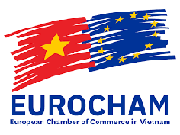


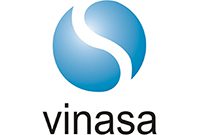

Our exemplary project delivery capacity
Our claims processing solutions add value to any business (from small to large enterprises) around the world.
Our 20 Years of Proven Track Record
DIGI-TEXX VIETNAM 20th Anniversary
Reaching a new height
Our Dynamic and Experienced Employee
DIGI-SPORT
An exciting sports festival
Let’s get in touch
If you encounter any challenges, share them with our experts and we will respond promptly.
At DIGI-TEXX, we take your privacy seriously and use your personal information only to provide customized services and a great site experience. Read our Privacy Policy
Want to contact us immediately? Call us here
